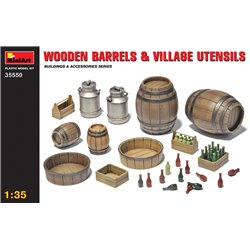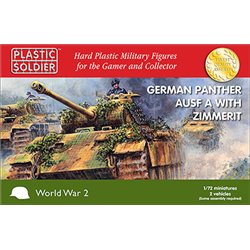There are a number of different options for attaching figures such as a horse and rider to a layout. Perhaps the...
No products
Product successfully added to your shopping cart
There are 0 items in your cart. There is 1 item in your cart.
Search Tips
As a novice modeller, what is the best scale to model armour subjects in ?
The best scale to model armour subjects will depend to some degree on the personal preferences of the individual modeller, the complexity of the kit and the level of detail they want to achieve. However, two popular scales for armour modelling are 1/35 and 1/72.
1/35 scale is commonly known as the "standard" scale for armour modelling. It offers a good balance between size and detail. With this scale, modellers can achieve a high level of detail on the individual parts of the model, such as the tracks, wheels, and small accessories. It also allows for easier painting and weathering techniques due to the larger size.
On the other hand, 1/72 scale is smaller and more compact. It is sometimes referred to as "braille scale" due to the small size of the parts. While it may be more challenging to work with due to its size, it allows for the creation of dioramas with larger scenes and more vehicles in a limited space. It is also more affordable compared to 1/35 scale models.
Ultimately, the choice between these two scales comes down to personal preference, kit complexity, the level of detail the modeller wishes to achieve and which provides the most enjoyment and personal satisfaction. A useful strategy could be to start in 1/72 to gain experience and then attempt a 1/35 scale kit. This would allow a modeller to compare the pros and cons of both scales and enable them to make a more informed and balanced choice.
Click here to receive the tips weekly in your mailbox. You can unsubscribe at any time.










